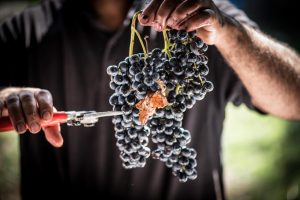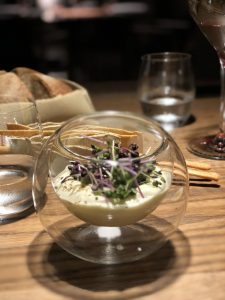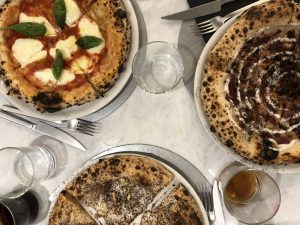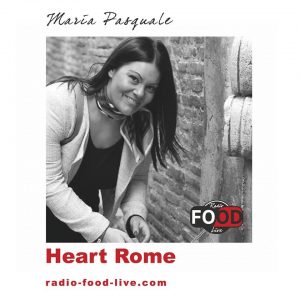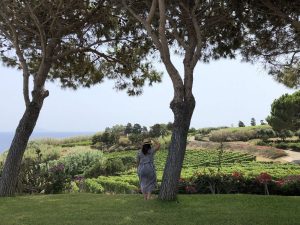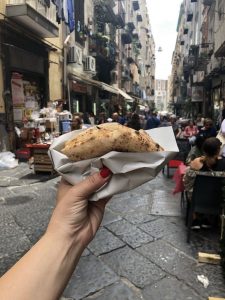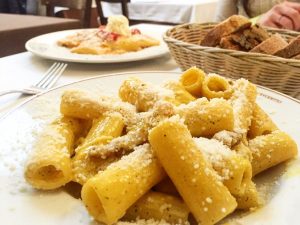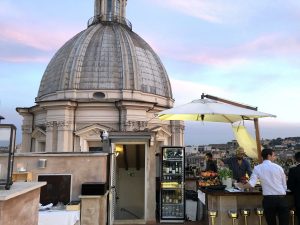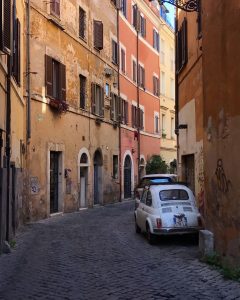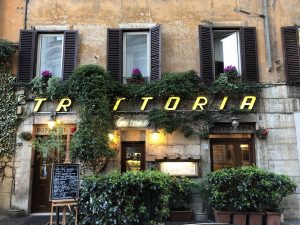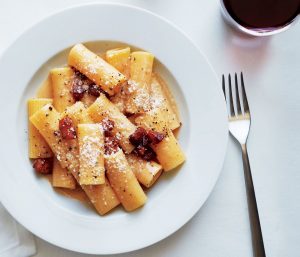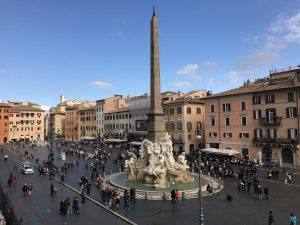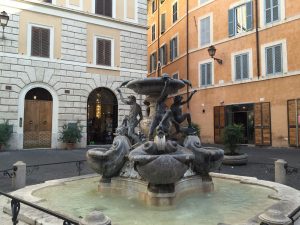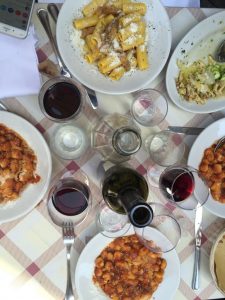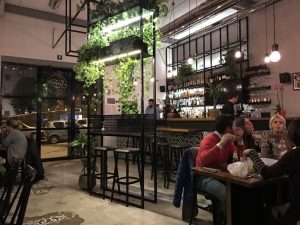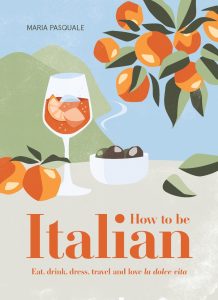A blog about my living experience in Rome really wouldn’t be complete without a post dedicated to food! So here it is….
To say that the food and produce in Italy is amazing, is just a gross understatement. Thankfully I don’t drive here so I get to burn off any excess calories by having to walk just about everywhere.
Obviously Italian cuisine is revered worldwide and I’m living in the heart of it. In fact the city has been a gastronomical centre since Roman times.
Like most cuisine from other Italian regions, Roman food is simple with a focus on freshness and seasonal produce.
Oh and I love how food becomes an event for the Romans. For instance you’ll see many restaurants here advertise special gnocchi dishes on a Thursday. Baccala (salted cod) is eaten on Fridays and it’s usually trippa (tripe) on the menu for Saturdays. These are food and family traditions that have lived on through the ages.
Even though I was exposed to Roman food many years ago and have gotten to know the plates and traditions more since being here, I couldn’t pass up the opportunity to book in for a food tour of the city (being a devout foodie and all!) The Eating Italy tour is run by a friend of mine who takes you on a tasting journey through the Testaccio area – or what I like to call Trastevere’s cross Tevere neighbour (as it’s just across the river). This area has a great food and wine culture and historically as a trade and slaughterhouse area where many butchers obviously settled, is the place where Rome’s most original and traditional foods can be still found.
I will obviously fill you in on how that goes in a couple of weeks. I can’t wait!
In the meantime, here are some of the typical roman plates and not just the dishes you’ll find at all restaurants but served in the homes of Romans too.
I’m sure most of you have tried all or at least some of these traditional dishes… but if you haven’t tried them in Rome, this is an experience you must do at least once in a lifetime.
My all time favourite Roman dish. Traditionally served with spaghetti (the only way I like to eat it) it is prepared with pancetta (Italian bacon taken from pork belly) or guanciale (pig’s cheek), eggs and cheese (pecorino romano usually – sheep’s cheese as opposed to parmigiano parmesan). The authentic carbonara and the only way it is made in Italy is without cream (which differs from many other countries, Australia included).
I had not tasted this until recently and realised that I have wasted many years without it. Usually served with long pasta (generally spaghetti or tonarelli which is another type of egg spaghetti) it is made with olive oil, pecorino cheese and lots of black pepper. So simple, yet so amazing!
Veal saltimbocca is one of the most popular main dishes in Roman cuisine. Saltimbocca translates literally to ‘jump in the mouth’. It is veal with fresh sage and slice of prosciutto on top shallow fried in a pan. Delicious!
Bucatini alla matriciana
Another of the quintessential Roman pasta dishes, matriciana is most commonly served with bucatini (the spaghetti type pasta that is hollow – like thin tubes). It’s a tomato based sauce pan fried with guanciale, pecorino and sometimes chilli.
And here are some new things I’ve tried recently…
 Ricotta served with tartufo (truffle) infused honey
Ricotta served with tartufo (truffle) infused honey
Last week I was at this restaurant slash Enoteca (wine bar type place) Ai Tre Scalini in Monti area which is near the Colosseum. This place on weekends is just packed. They don’t take bookings and you just have to put your name on the list when you arrive and wait. Walking through to the counter, to try and get on the list, is like trying to walk from the dance floor to the toilet at a nightclub! It’s ridiculous! But that of course, is because it’s ridiculously fantastic. They have an extensive wine list and the blackboard assagini (tastes) menu changes daily. Assagini are, I guess, like tapas or share food. We ordered a potato and brie bake and eggplant parmigiana. But the divine part of the evening was yet to come. Still a little peckish, the ricotta with truffle infused honey was suggested to us. This will go down as one of the best food recommendations ever given to me. Imagine fresh bread spread with ricotta cheese, drizzled with this golden honey that is of course sweet but has the most delicate trace of black truffle. Honestly I can now die happy! I was even more excited when I found the honey at my local supermarket – let’s say the house is now stocked up…
This is a Roman vegetable which has just come into season. It’s like endive but I’ve never seen it before. It’s served as a salad with an olive oil and anchovy dressing. It has slowly made its way to most restaurant menus in the past few weeks. To me it tastes like fennel with a bit of a bitter after-taste. I tasted it for the first time last weekend at a friend’s dinner party and really liked it.
A few weeks back I was having lunch at a restaurant near Piazza Navona and my friend knew the chef, so we were lucky enough to have him come out to our table and give us some recommendations. When we were ordering pasta for our first course, he asked me if I preferred bianco o rosso (white or red, which is basically tomato based sauce or not). I always prefer bianco and told him as such. He suggested the bucatini matriciana. I thought perhaps he hadn’t understood me so I repeated that I actually prefer something without tomato sauce. He was surprised to hear that I had never tasted a ‘white’ matriciana or as it’s called in Rome La Gricia. It’s basically a matriciana but without the tomato base sauce. Sound like a carbonara? Well the difference is that it has no egg and is made with guanciale instead of pancetta. It was one of the best dishes I’ve had since moving here.
Oh and finally, what’s food without wine?
The most renowned Roman wine is Frascati from the Castelli Romani (in regional Lazio) and is a DOC product of the area (denominazione di orgine controllata which translates to ‘controlled destination of origin’ basically meaning it’s typical to the region and has a quality assurance label). Frascati has been produced in the countryside around Rome for almost two thousand years. It’s synonymous with the city and I love it.
Could be time for a glass right now actually!
Cin Cin or buon apetito wherever you are in the world.
Signing off from Trastevere,
Baci Maria

